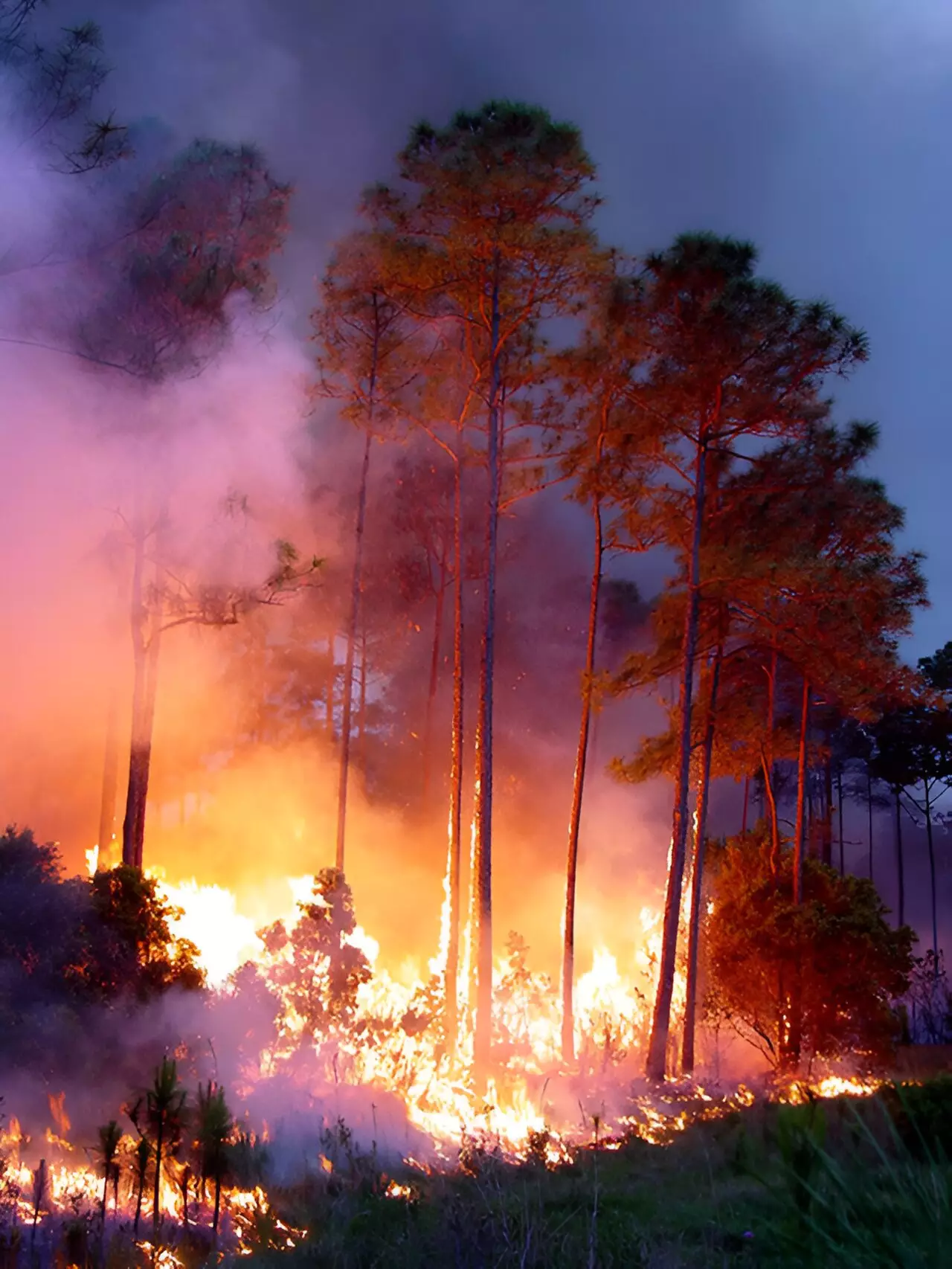A recent study conducted by UC Riverside sheds light on the detrimental impact of soot from large wildfires in California. While many research projects focus on the influence of climate change on wildfires, this particular study aims to understand the reverse scenario – how wildfires are altering the climate in return. Lead study author and UCR doctoral candidate, James Gomez, sought to investigate how the weather is affected by aerosols emitted during wildfires, especially on days with lower temperatures and higher humidity levels. By analyzing peak fire days and emissions from the past 20 years, Gomez discovered a concerning trend that could potentially exacerbate the wildfire situation.
Published in the journal Atmospheric Chemistry and Physics, the study revealed that large fires have a significant impact on the climate, causing days to be hotter and drier than usual when the fires are burning. This increase in temperature and aridity can create favorable conditions for more wildfires, leading to a vicious cycle of fire-prone weather. In particular, Northern California experienced the most intense fires, with average daily temperatures rising by approximately 1 degree Celsius during wildfire events. The study attributed this phenomenon to the heat-trapping properties of soot emitted by fires and its interference with cloud formation, reducing humidity levels in the atmosphere.
The study distinguishes between two types of aerosols – reflective and absorptive. While sulfate aerosols from fossil fuel burning have a cooling effect by reflecting sunlight back into space, black carbon aerosols from wildfires act as absorptive aerosols, trapping light and heat in the atmosphere. This not only directly increases temperatures but also indirectly affects cloud formation and precipitation. The hydrophobic nature of black carbon emissions inhibits cloud development, leading to decreased precipitation, which can exacerbate drought conditions in wildfire-prone states like California.
The study highlights the complex interplay between aerosols, climate change, and wildfire behavior. As efforts to reduce sulfate aerosols for air quality improvement inadvertently worsen climate change and increase the risk of wildfires, it becomes crucial to adopt a holistic approach to mitigate these issues. Gomez emphasizes the importance of reducing CO2 emissions and implementing effective land management practices to prevent large wildfires. By allowing more controlled burns and managing forest vegetation, the accumulation of fuel for wildfires can be reduced, ultimately leading to fewer catastrophic fire events.
The study underscores the urgent need to address the impact of wildfire soot on California’s climate. By understanding the mechanisms behind temperature increase, aridity, and cloud formation disruption caused by wildfires, researchers and policymakers can work towards implementing strategies to mitigate these effects and prevent future wildfire crises. From reducing greenhouse gas emissions to implementing sustainable land management practices, collaborative efforts are essential to safeguarding our environment and communities from the escalating threat of wildfires exacerbated by climate change.


Leave a Reply